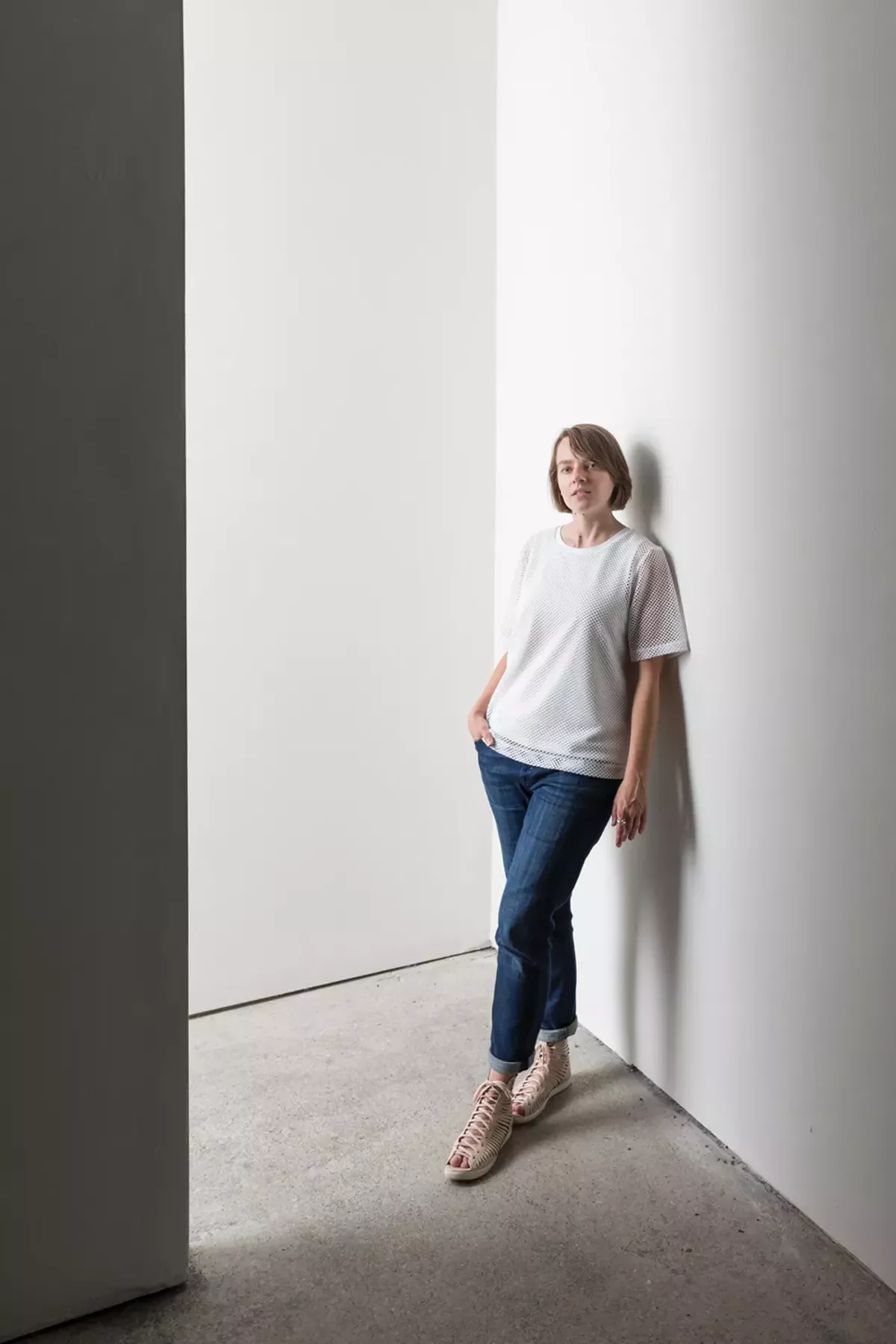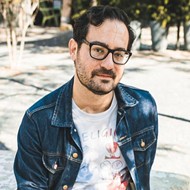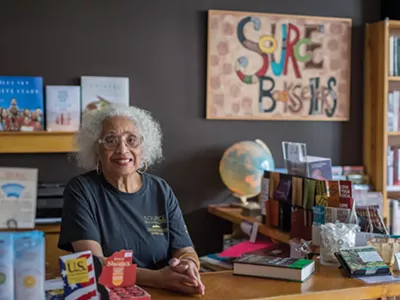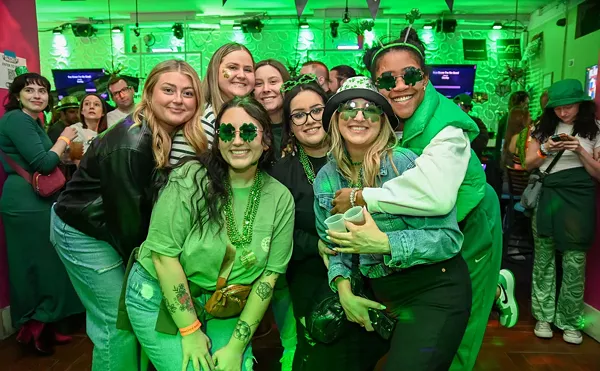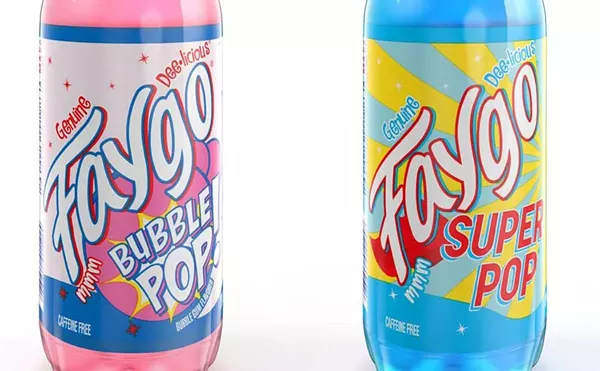You would be forgiven if you haven't heard of art gallery What Pipeline. Tucked away around the corner from Mexicantown's main drag, it's a small, nondescript building. In fact, it's so off the beaten path that gallery director Alivia Zivich seems to express genuine shock when two people wander in after visiting a nearby taco truck during our interview.
"The taco truck brings in people, but rarely do people come back here," Zivich explains. "They might come back here because we have chairs out front. Unless it's people I know going to the taco truck — then it's like, 'I see you. Come say hi.'"
But Zivich says she chose the space, formerly used as storage for a nearby glass business in Southwest Detroit, for precisely these quiet qualities. When Zivich and gallery co-owner Daniel Sperry got the itch to open a gallery in 2012, they decided early on they didn't want to go the nonprofit route, which meant they'd need to be thrifty. "Low overhead and low pressure was kind of our motto," she says. Plus, the spot had something many Midtown and downtown galleries didn't — a parking lot.
The unassuming space wound up being perfectly suited for its new life as a gallery when it opened in April 2013. "All we did was put just one wall up and paint it white," she says. "And all the walls are backed with plywood, so we don't have to find studs when we're hanging art. It was kind of weird. It was like it was meant to be a gallery."
You could say that Zivich, too, was kind of meant to be an art gallery director, even though she didn't seek to be one. Growing up in Saginaw and Pinckney, Zivich pursued an undergraduate art degree in video and printmaking at the School of the Art Institute of Chicago before splitting for Los Angeles just in time for the dot-com boom, where she found a good-paying gig as a website programmer. But when the bubble burst, Zivich says she found herself lost. "At that point, I realized, 'What am I doing?" she says. "I got really distracted by the comfort of a paycheck."
She returned to Michigan in 2006, and started seeing her "long-term life partner" Nate Young (of noise-rockers Wolf Eyes — the two had known each other since they were teenagers). She quickly found a life in Michigan that she didn't elsewhere. "I was like, 'Wow, it's so easy living here comparing to Los Angeles or Germany," Zivich says. "I could really get by on a little."
The move allowed Zivich to branch out into other pursuits. She and Young started a DIY record label, AA Records, and by 2012, Zivich landed a gig working as the curatorial and production manager for Detroit's Nuit Blanche-style Dlectricity arts festival, which illuminates Midtown with experimental, light-up installations from artists the world over.
"It gave me a knowledge of myself, like, 'I know I'm capable of pulling off bigger projects than I even realize,'" she says of working on Dlectricity. "But on the flipside I don't have a whole lot of final say over it. It's a big committee process. I kind of wanted to take some of the skills I learned there and go on my own."
Enter What Pipeline. The name, Zivich says, is a nod to the idea of making art accessible. "It was about this idea of bringing something here," she says. (She chose the word "Pipeline," it was Dan's idea to put the word 'What' in front of it.) The idea was that not only would the gallery work to bring art to Detroit that might not get seen otherwise (the first show featured work by the German artist Lucie Stahl and British artist Tom Humphreys, friends of Zivich's who were already in North America for a Toronto exhibition), but it would also expose Detroit artists to a wider audience.
"We have so many great artists here in Detroit, that as we've gained popularity, so have they," Zivich says. This summer, What Pipeline hosted an exhibition of paintings at Manhattan's Andrew Kreps Gallery featuring work by the late Detroit painter Mary Ann Aitken and sculptures by Dylan Spaysky.
In September, the gallery will partner with Chicago artist Pope L., the recipient of the prestigious Bucksbaum Award at this year's Whitney Biennial, who will bottle 150 gallons of Flint tap water and sell it as an edition. Zivich says all proceeds will go to United Way to help with the ongoing water crisis.
With What Pipeline, Zivich says she feels like she has found an outlet for her various interests. "I like gathering skills, I like learning new things all the time," she says. "I guess, of the many worlds I've worked in, I find that art allows me to dabble in all of them."
Back to the People Issue.

